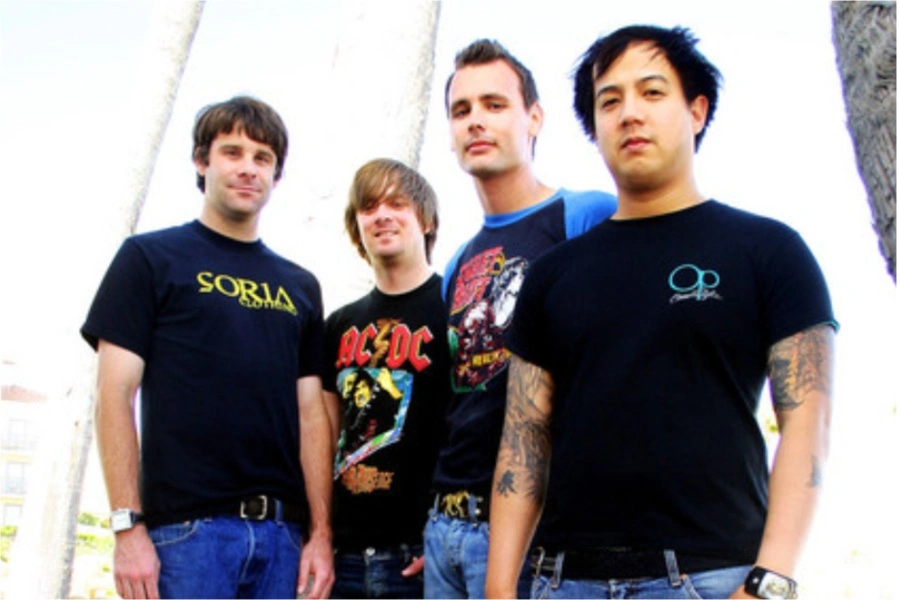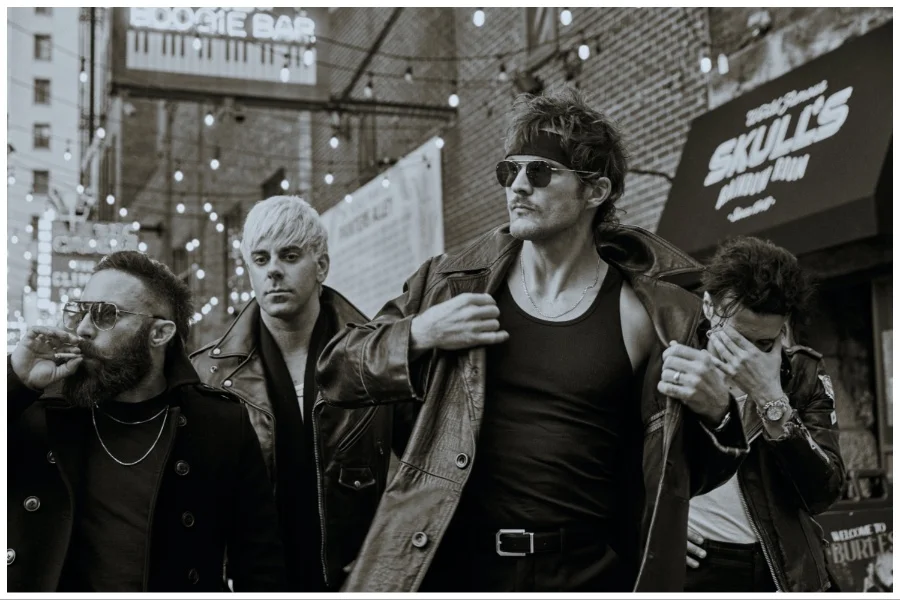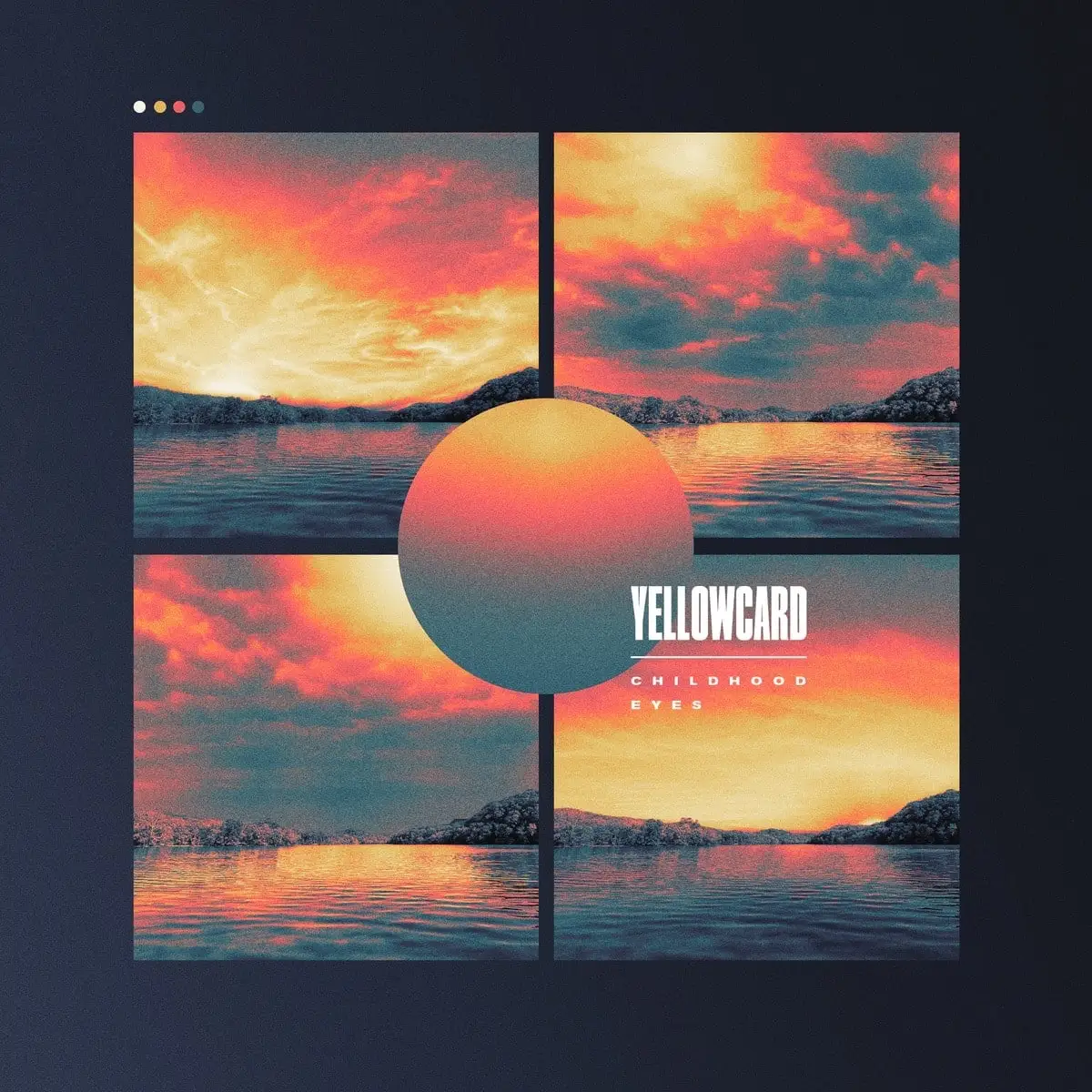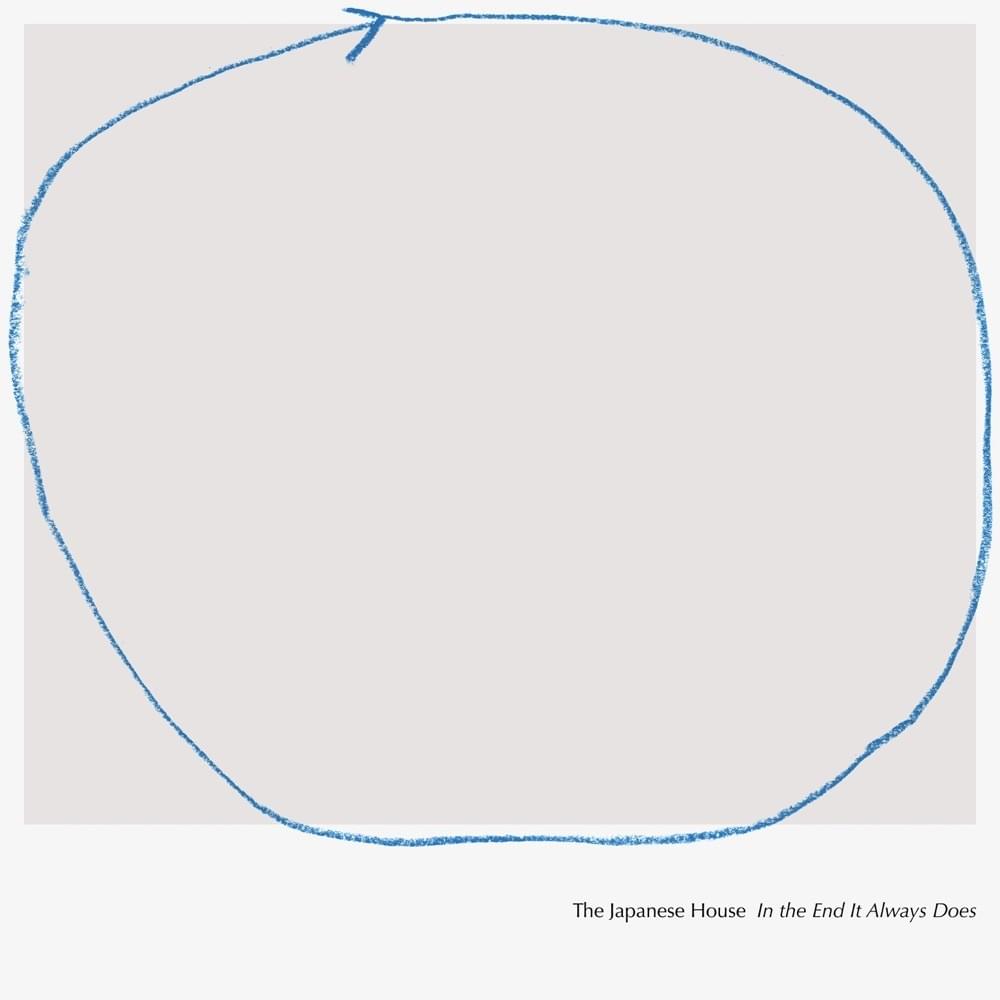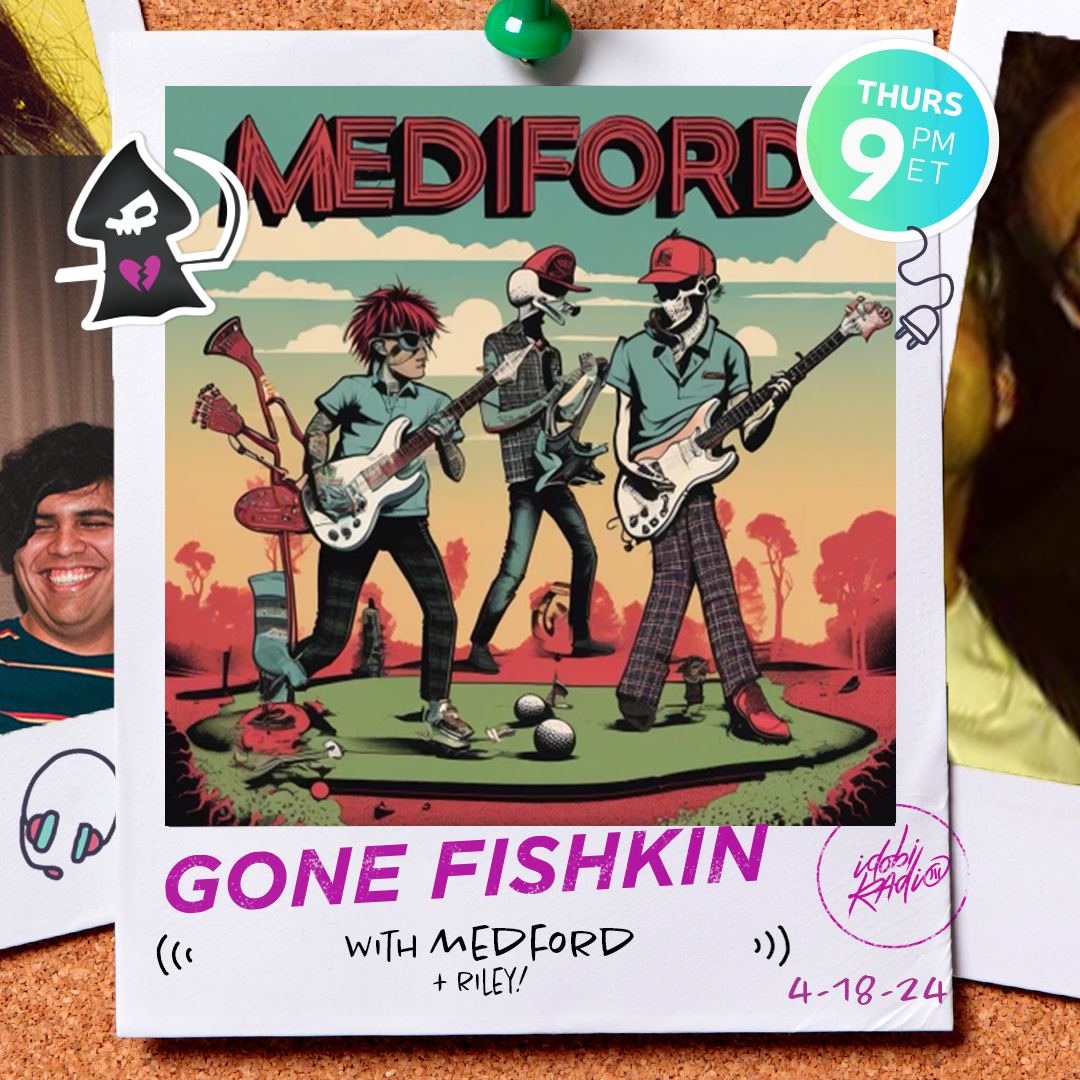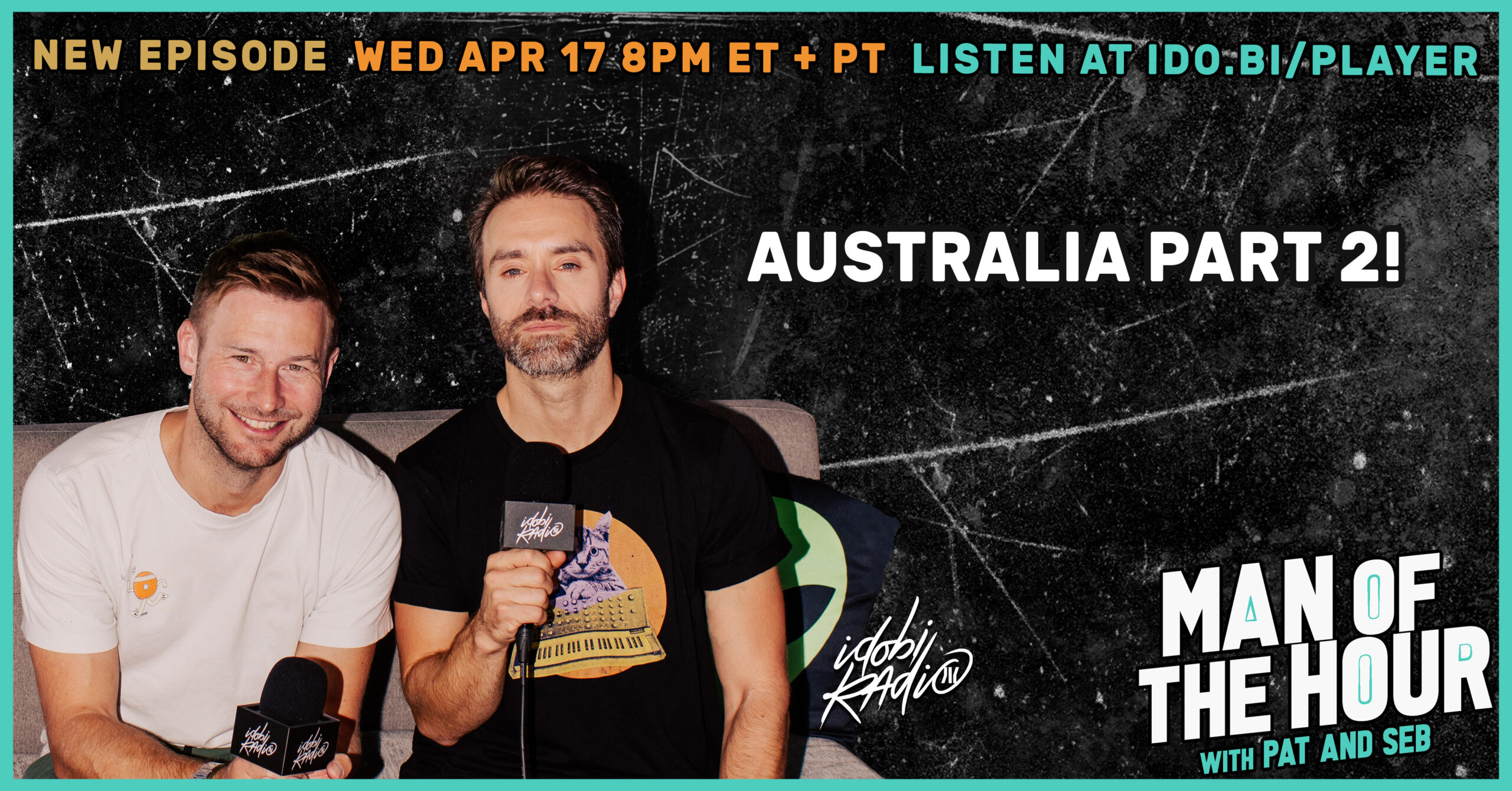Green Day will toast the release of American Idiot on Tuesday, but perhaps an even bigger cause for celebration these days is the 10-year anniversary of their breakthrough LP, Dookie.
The modern-day classic not only launched the Bay Area punk trio into the mainstream, it opened the door to a mid-’90s wave of popped-up punk and provided a launching pad for the current crop of melodic pop-punkers.
“[Dookie] changed my life,” confessed Good Charlotte’s Joel Madden. “It made me want to start Good Charlotte…. Right after that record came out, we were like, ‘We have to start a band in our garage right now and play shows… like Green Day.”
Madden is hardly alone in his fondness for the influential album that spawned the hits “Longview,” “Basket Case,” “Welcome to Paradise” and “When I Come Around.” For Good Charlotte and peers like Simple Plan, New Found Glory, Sum 41 and Yellowcard, their first taste of Dookie was an introduction to the sneering, snotty, nihilistic world of punk rock, much like the Sex Pistols’ Never Mind the Bollocks and the self-titled debuts by the Ramones and the Clash were for the generation before them.
“After I listened to Green Day, it opened a whole new world to me about punk music,” New Found Glory’s Steve Klein explained. “I wanted to hear all these different bands just from hearing that record.”
“I was about 14 when Dookie came out,” echoed Sum 41’s Deryck Whibley. “I remember seeing the video for ‘Basket Case’ for the first time. I had never heard of Green Day, and then this video came on TV one day. I was so blown away by it. It was so cool. It had so much energy and it was so different. I’d never seen anything like it before. From then I was instant fan.”
So great was the impact Billie Joe Armstrong, Mike Dirnt and Tre Cool had on the impressionable young minds of rock’s future that first-time Dookie stories are told in the kind of vivid detail reserved only for life-altering experiences.
“I came home from school one day, turned on MTV, and the ‘Longview’ video was the first video I saw,” explained Good Charlotte’s Billy Martin. “I still had my backpack on and I was standing up. I couldn’t sit down because I wanted to wait until the video was over. It was captivating.”
Until Green Day ushered in Dookie in early 1994, the mainstream rock marketplace had nothing in stock that could compare to the album’s invigorating brew of disaffected young angst, teen rebellion and emotional confusion. Unlike Nirvana’s hopelessly downtrodden Nevermind, released three years earlier, Green Day’s 14-song opus was playful in its challenge of convention. Where Kurt Cobain was miserable thanks to his ill-fitted place in a post-yuppie society, Billie Joe wouldn’t let society set him back.
“Dookie was kind of like the next coming of rock and roll after Nirvana,” noted Something Corporate’s Josh Partington. “After Nevermind, that was probably the next quintessential album that came out that you had to own to really know what was happening in music.”
Although Dookie was Green Day’s major-label debut, following 1991’s 1,039/Smoothed Out Slappy Hour and 1992’s Kerplunk, the band never compromised itself or its music for a mainstream audience. Curse words were peppered throughout Dookie’s first single, “Longview,” censors be damned. When Armstrong’s vocals went mute it only added intrigue to the slacker anthem. When Green Day didn’t agree with what Spin magazine wrote about them, Armstrong burned an issue onstage. And when a mud fight broke out at Woodstock ’94, did anyone really think these guys would behave themselves?
“I remember he said ‘masturbation’ in [‘Longview’], and I was like, ‘No way!,’ ” recounted Good Charlotte’s Martin. “Green Day didn’t care. They were just doing their thing and there was nothing like them on TV.”
By the fall of 1994, Dookie was on its third single, “Welcome to Paradise,” and the album remained a staple in the Billboard 200 albums chart’s top 10, more than seven months after its release. Green Day’s success allowed other bands such as Rancid and the Offspring find a mainstream embrace for their albums… And Out Come the Wolves and Smash, respectively, and before long, the mid-’90s punk revival was in full swing.
“These guys were snarling, these guys were punk rock,” said Todd Morse of hardcore punk vets H20. “When I first saw them on TV, I was like, ‘Hey, that’s not fair. That’s what I do. How come now that’s cool?’ ”
Like any band capable of causing a pop-culture sea change, Green Day circa Dookie transcended their influence on music to have an impact on fashion. The Sex Pistols had their safety pins, the Ramones brought back the leather motorcycle jackets, and for Nirvana it was flannel shirts. Green Day’s contribution to any teen rocker’s wardrobe was the striped sweater.
“The ‘When I Come Around’ video was the first time ever saw the trend of the striped sweater,” recalled Something Corporate’s Partington. “I remember like two weeks later, every kid in school was wearing a striped sweater, including me.”
These days, Green Day have traded in the their colorful sweaters for somewhat darker attire that suits the tone of their new punk opera, American Idiot. Although their wardrobe has changed, what’s inside hasn’t.
“They’re still a bratty band,” said Warped Tour founder Kevin Lyman, who first met the trio while he was still booking shows in Los Angeles – and wanted to beat them up. “I remember working in the L.A. clubs, and these bratty kids showed up. They had such attitude, but as soon as they played, it was like, ‘Anything I can do to help you guys…’
“They’re still bratty,” he reiterated. “They haven’t changed in 10 years. They’re just older brats.”





















